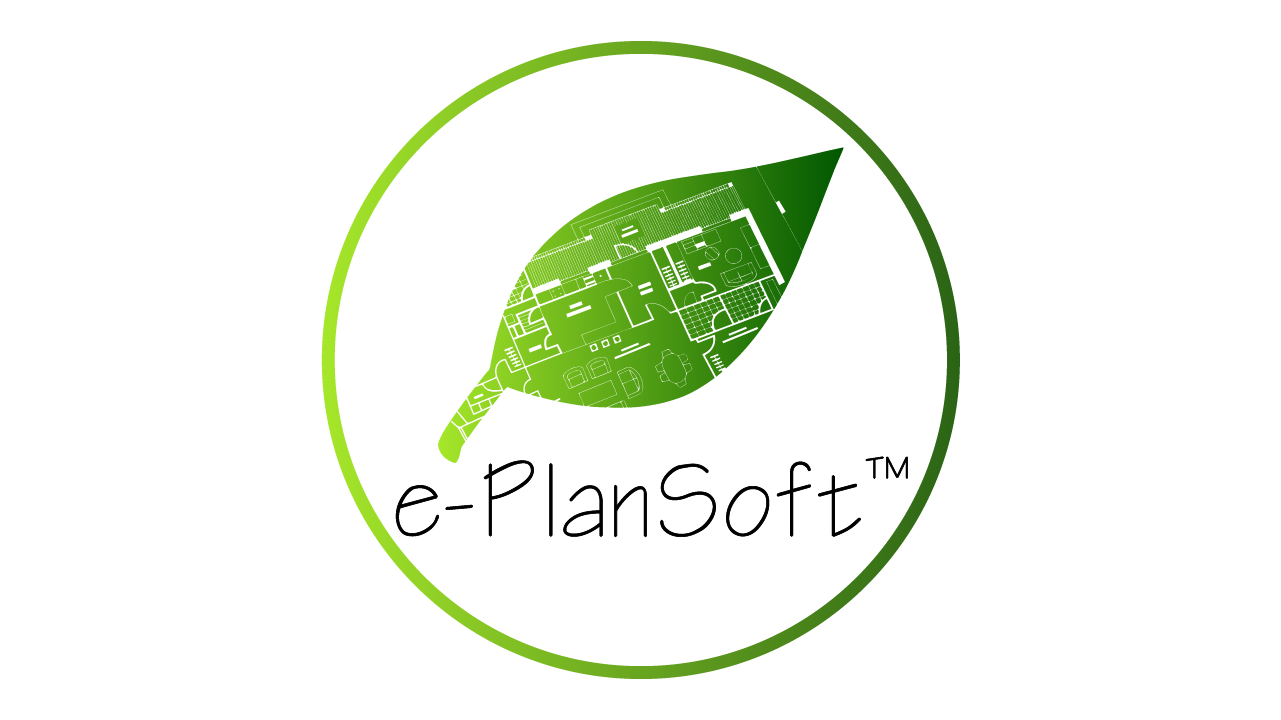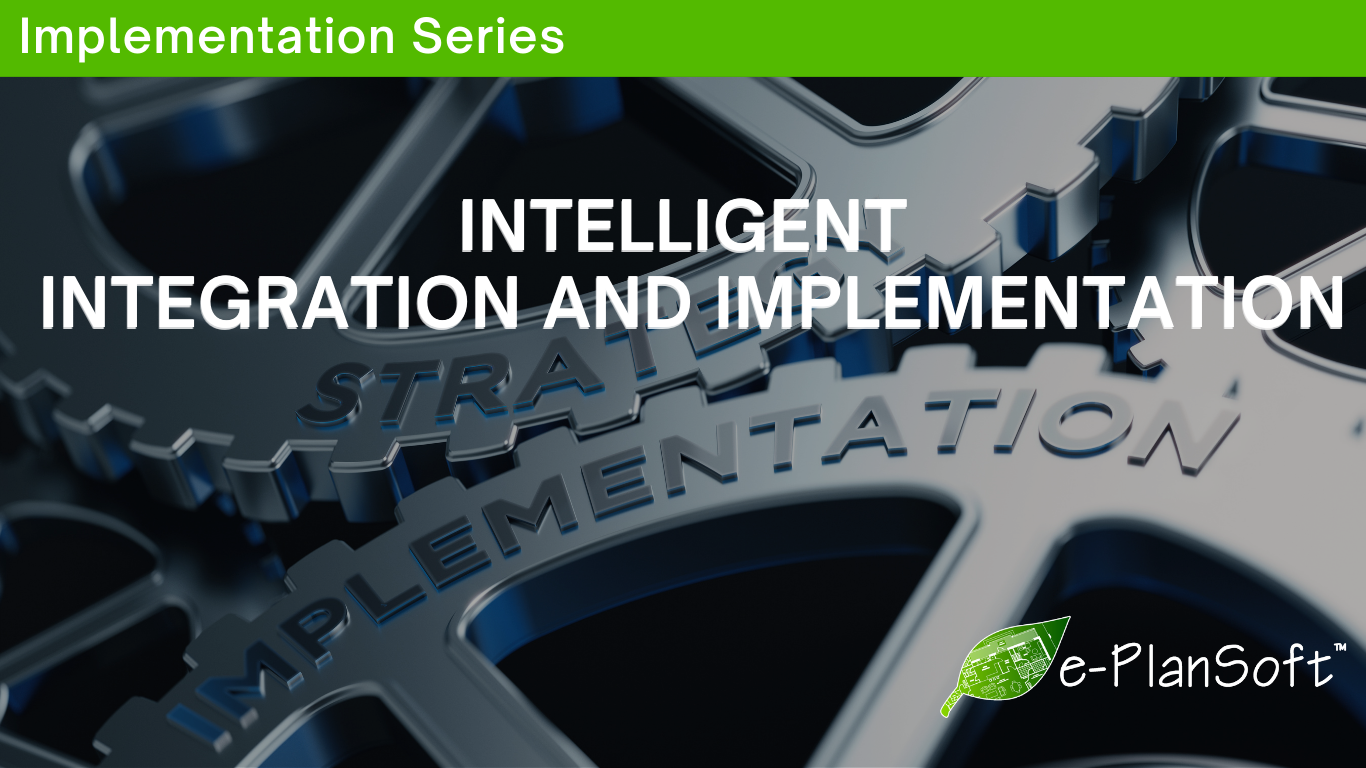Inside e-PlanSoft’s AI Roadmap
Across government agencies, one theme keeps coming up: staff need to do more with less. Reviewers are juggling high volumes of complex plan sets...

Explore our 2024 comparative review, your ultimate guide through the top-tier plan review solutions.
3 min read
 e-PlanSoft™ Team
Apr 29, 2024 11:00:00 AM
e-PlanSoft™ Team
Apr 29, 2024 11:00:00 AM

As any developer can tell you, plan reviews are like the bread and butter of construction. Or to be more accurate, they're the flour, yeast, and milk you need before you can even make the bread and butter. Most of the time, no construction can take place without first conducting a plan review.
If you're a government agency or a third-party company reviewing the plans, you specialize in the process. You know what goes into a review, whether it's assigning teams to a plan set, collaborating until it's ready for submission, or repeating the process until it's approved by the relevant building permit authorities.
A plan review is a necessary step before almost any type of development can start. It takes place prior to the issuance of a building permit.
There are different types of plan reviews, such as building plan review, site plan review, or commercial plan review. These ensure that the building code, public safety regulations, and other building permit application requirements are met.
Concurrent plan review is when multiple reviewers view and marked up plans sets in real-time via electronic plan review software. A wide variety of groups participate in the plan review process, and each of those groups has different roles to play depending on what's in the plan.
Imagine you're submitting a construction or public works plan set for a commercial building - the fire department, building, and engineering departments will all participate in a concurrent plan review. All the involved departments that have to look at it to ensure it complies with city code and will pass a building inspection.
There are, at the highest level, two different types of plan reviews: vertical and horizontal.
Horizontal plan review is the evaluation of a building's compliance with codes and regulations at the time of construction. This focuses on a building's layout and design features that affect accessibility and safety. It typically includes a review of the building's site plans, floor plans, electrical, plumbing and many other related aspects.
Compare this to a vertical plan review, which typically refers to the review of infrastructure plans such as roadways, sewer or water lines, and other utilities that are on or in the ground.
Depending on the type of plan review you're doing, the steps involved can vary a bit, but the general flow remains the same:
Receive the plan set.
Review it until a deliverable is made.
The deliverable is sent back to the customer (or applicant).
If it needs changes or revision, it need to be review again — if not, construction can proceed.
If you're using electronic plan review software, the process looks a little bit different. It can be broken down into six smaller steps:
The project application is uploaded.
The back office reviews the application to ensure it meets the requirements to proceed.
Review assignments are distributed among the relevant groups.
The electronic plan review software (such as e-PlanReview®) is used to conduct a concurrent plan review.
The plans are reviewed, marked up, commented on, and formatted into a deliverable for the customer.
If corrections are needed, the plan is sent back for further review.
Electronic plan review is a natural digital evolution of the plan review process. You can use electronic plan review software to handle all aspects of the plan review process.
There are many advantages electronic plan review has over traditional planning. The most notable are:
Real-time collaboration: With e-PlanReview®, everyone can work on the same plan set concurrently. All markups, comments and other changes are reflected instantaneously.
More precision: In traditional pen-and-paper plan sets, drawings are typically done by eye and can't be measured exactly. e-PlanReview® measurement tools allows for everything to be done with exact precision. There's no need to estimate how long a line should be.
Rapid progression: Because you're working with an electronic plan set on a web-based solution, submitting plans (or any other part of the plan review process) happens in the blink of an eye. This means rapid turnaround and easier communication.
Traditional pen-and-paper plan reviews are still the norm for many, but with electronic plan review, the process can be made much more intuitive.

Across government agencies, one theme keeps coming up: staff need to do more with less. Reviewers are juggling high volumes of complex plan sets...

Remote work has become a normal part of life for building and planning departments. Whether during office closures, holidays, or hybrid schedules,...

As government agencies modernize their plan review processes, many are weighing familiar tools like Bluebeam against purpose-built platforms such as...

Top tips and considerations in adopting an electronic plan review solution If you’ve joined the ranks who have come to understand the many ways that ...

Implementation Series: The Three Biggest Bottlenecks in Implementation and How to Avoid ThemThis is the second article in our three-part series on...

Building, planning, and community development departments play a critical role in managing the safety and growth of communities. However, the...